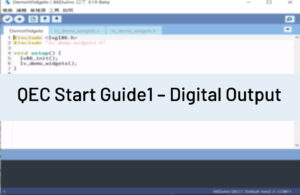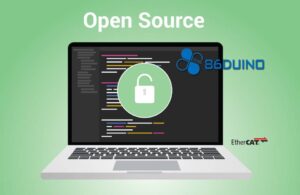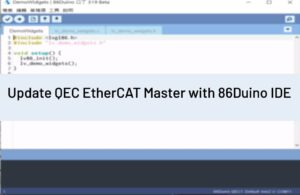[Servo86]
Description
Set the target position of the specified servo to the action frame content stored in the positions[] array.
Syntax
myframe.setPositions()
myframe.setPositions(servo0)
myframe.setPositions(servo0, servo1)
myframe.setPositions(servo0, servo1, ... , servo44)
myframe.setPositions(time)
myframe.setPositions(time, servo0)
myframe.setPositions(time, servo0, servo1)
myframe.setPositions(time, servo0, servo1, ... , servo44)
Parameters
myframe: the object of ServoFrame type.servo0 ~ servo44(optional): Servo type objects; servo0 uses the value of positions[0], servo1 uses the value of positions[1], and so on.
(Note: If the above parameter is not entered, the first Servo object that is constructed in the program will be servo0, the second Servo object will be servo1, and so on.)
If this value is not set, or if it is set to 0, the servo will rotate at full speed.
Returns
None.
Example
#include <Servo86.h>
Servo myservo0;
Servo myservo1;
Servo myservo2;
ServoFrame myframe; // declare an action frame object
void setup()
{
myservo0.attach(9);
myservo1.attach(11);
myservo2.attach(5);
myframe.positions[0] = 1800; // set the action frame content
myframe.positions[1] = 1300;
myframe.positions[2] = 2000;
// Set the time to rotate the servo from the current position to the position specified by myframe in 500ms, that is:
// myservo0 rotates to position[0],
// myservo1 rotates to position[1],
// myservo2 rotates to position[2].
myframe.setPositions(500, myservo0 , myservo1, myservo2);
servoMultiRun(); // command all servos to start turning
}
void loop() {}See also
Libraries Reference Home
The text of the 86Duino reference is a modification of the Arduino reference and is licensed under a Creative Commons Attribution-ShareAlike 3.0 License. Code samples in the reference are released into the public domain.



